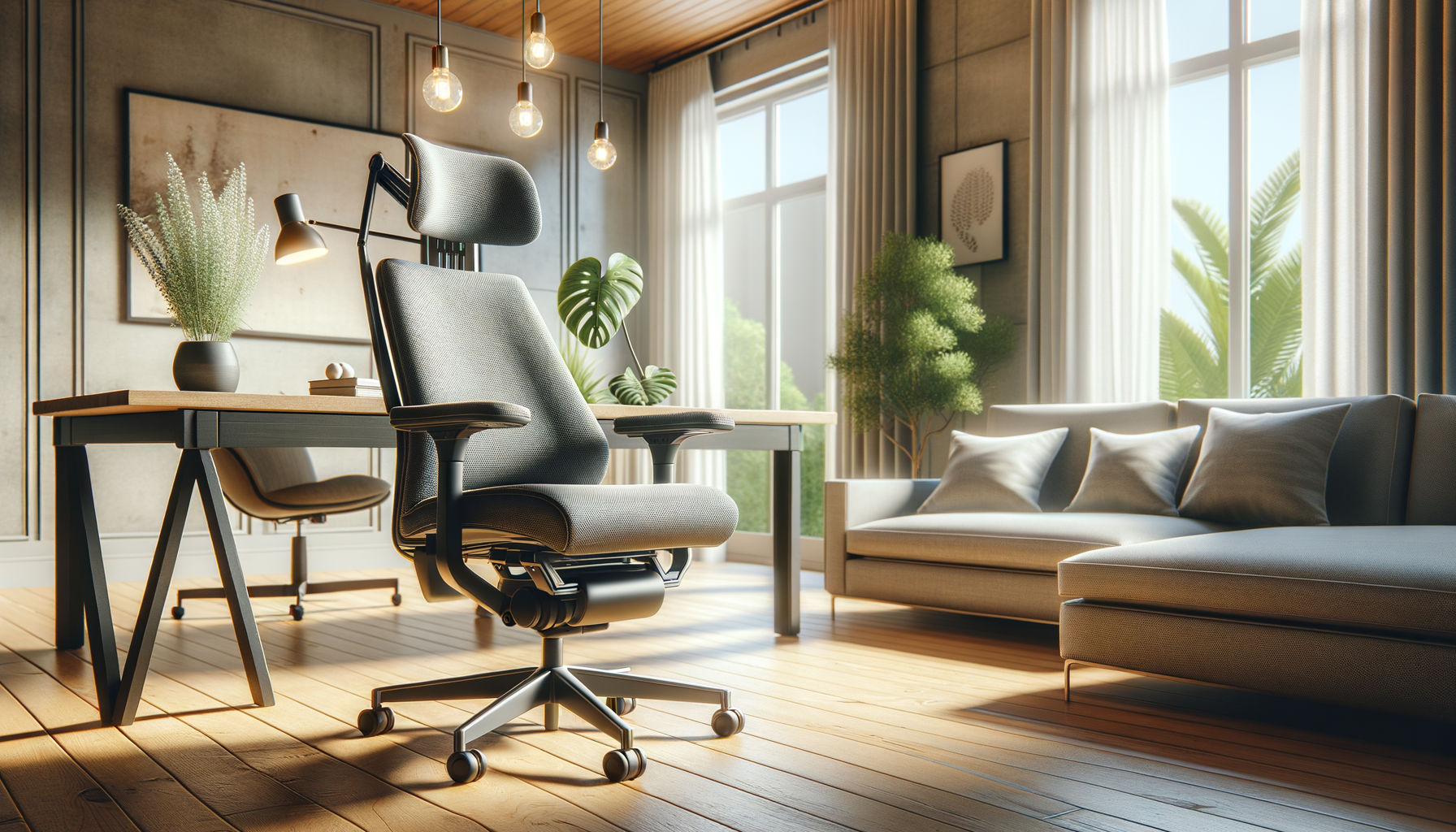Introduction to Functional Comfort
In today’s fast-paced world, the concept of functional comfort has gained significant attention in the realm of interior design. As people spend more time at home, the need for spaces that not only look good but also feel good has become paramount. Functional comfort refers to the harmonious blend of aesthetics and usability, ensuring that living spaces are both visually appealing and practical. This balance is crucial in creating environments that support well-being and productivity.
Functional comfort is not just about plush cushions or ergonomic chairs; it’s about designing spaces that cater to the diverse needs of their occupants. From the layout of furniture to the choice of materials, every element plays a role in enhancing comfort. By understanding the principles of functional comfort, homeowners can transform their living spaces into sanctuaries that promote relaxation and efficiency.
The Role of Ergonomics in Living Spaces
Ergonomics is a key component of functional comfort, focusing on designing spaces that fit the human body and its movements. In living spaces, ergonomic design can significantly impact the quality of life. For instance, a well-designed chair can prevent back pain, while an appropriately positioned desk can reduce eye strain. The goal is to create environments that support natural postures and movements, minimizing physical stress.
Consider the layout of a home office. An ergonomic setup might include an adjustable chair, a desk at the correct height, and a monitor positioned at eye level. These elements work together to create a workspace that enhances productivity while reducing discomfort. Similarly, in a living room, furniture should be arranged to facilitate easy movement and interaction, ensuring that the space is both functional and inviting.
Material Choices for Comfort
The materials used in a living space can greatly influence its comfort level. Soft, breathable fabrics, for example, can make a sofa more inviting, while natural materials like wood can add warmth and texture to a room. When selecting materials, it’s important to consider not only their aesthetic appeal but also their tactile qualities and durability.
For instance, in a bedroom, choosing the right bedding materials can enhance sleep quality. Natural fibers such as cotton or linen are breathable and comfortable, promoting a restful night’s sleep. In the kitchen, materials like stone or stainless steel are not only durable but also easy to clean, contributing to a functional and comfortable environment.
Lighting: The Unsung Hero of Comfort
Lighting plays a crucial role in creating a comfortable living space. The right lighting can enhance mood, highlight architectural features, and create a sense of warmth and coziness. It’s important to incorporate a mix of ambient, task, and accent lighting to achieve a balanced and functional space.
In a living room, for example, a combination of overhead lighting, floor lamps, and table lamps can provide flexibility and control over the lighting environment. Dimmer switches allow for adjustments based on the time of day or activity, ensuring that the space remains comfortable and inviting. Similarly, in a kitchen, under-cabinet lighting can illuminate workspaces, making cooking and meal preparation more efficient and enjoyable.
Personalizing Spaces for Individual Comfort
While there are general principles of functional comfort, personal preferences play a significant role in determining what is comfortable for each individual. Personalization involves tailoring spaces to reflect the unique tastes and needs of their occupants. This can include incorporating favorite colors, artwork, or furniture pieces that hold sentimental value.
Personalization also extends to functionality. For instance, someone who enjoys reading might prioritize a cozy reading nook with ample lighting and comfortable seating. Meanwhile, a person who loves cooking might focus on creating an efficient and well-organized kitchen. By personalizing spaces, individuals can create environments that truly resonate with them, enhancing their overall comfort and satisfaction.




Leave a Reply